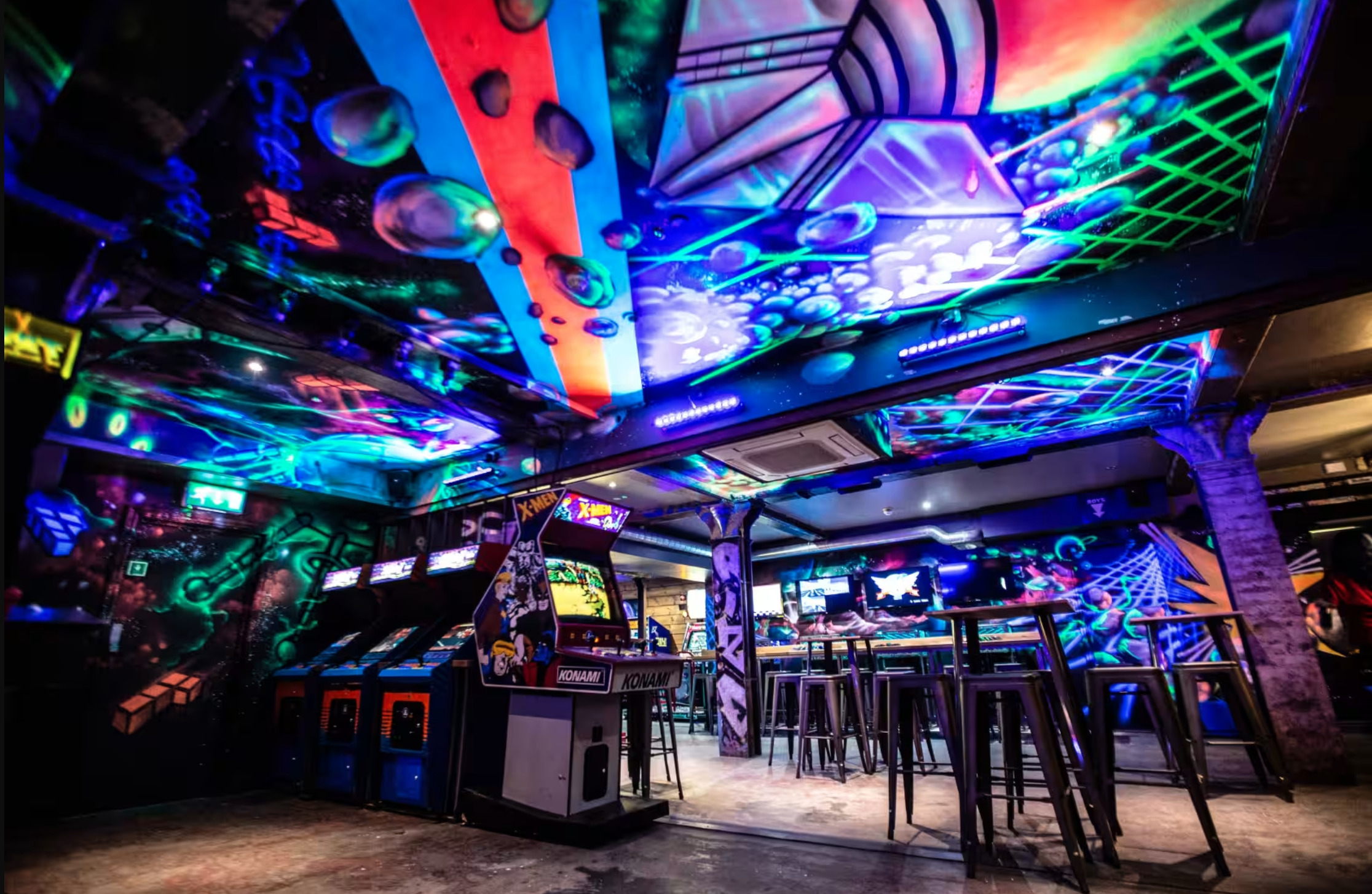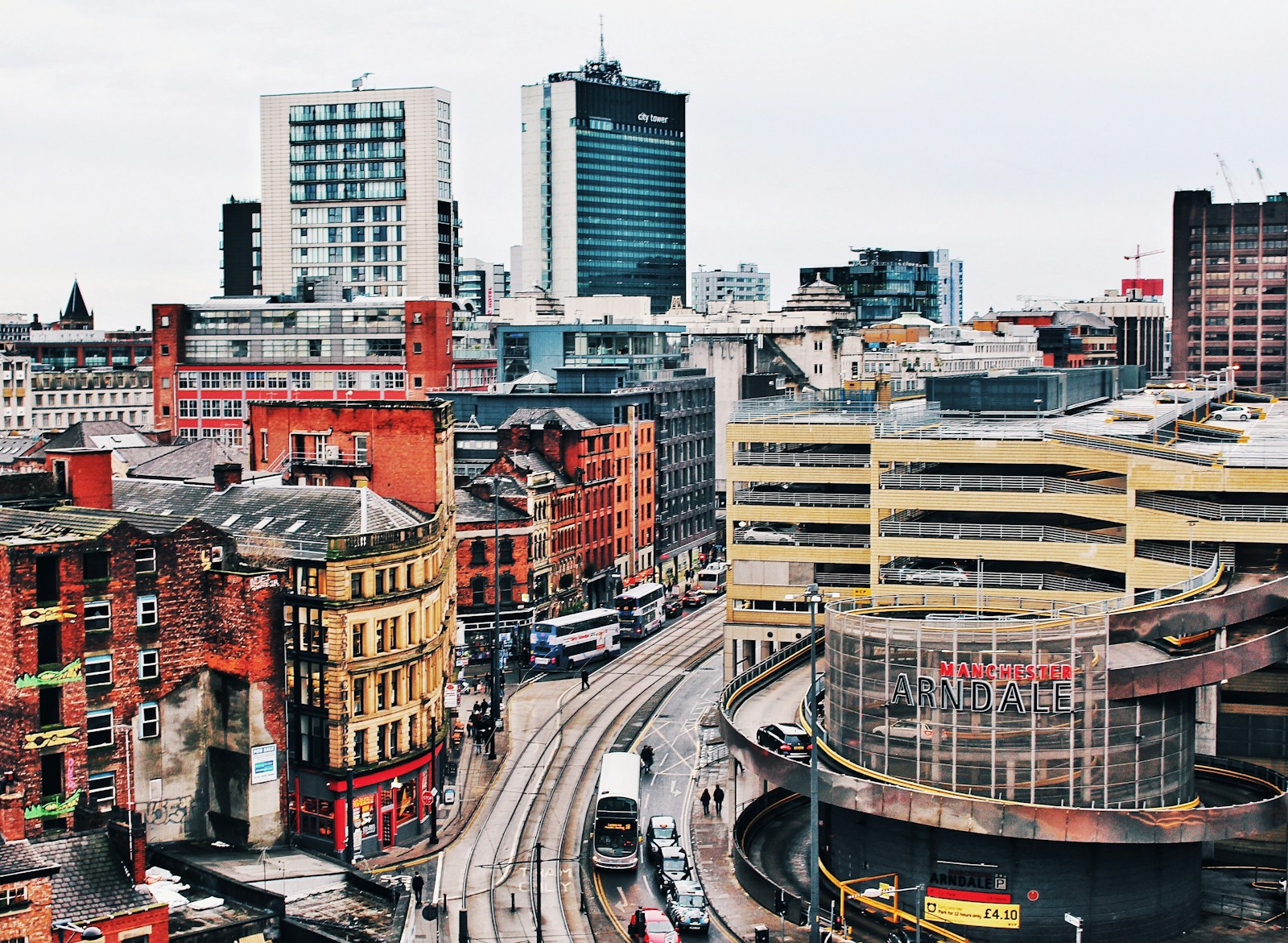As towns and cities evolve to meet the demands of modern living, the regeneration of town centres has become a key priority for local governments and developers alike. Gone are the days when town centres were solely retail hubs. Instead, the future of vibrant, thriving communities lies in the development of mixed-use districts. At the heart of these regeneration efforts are entertainment and immersive leisure offerings, which have become crucial in revitalising urban spaces and creating places where people want to live, work, and play.
From Retail-Only to Multi-Faceted Experiences
For years, the traditional town centre was focused heavily on retail, with high streets dominated by chains of stores that often lacked individuality. However, changes in consumer behaviour, particularly the rise of e-commerce, have resulted in a significant decline in foot traffic to these areas. As online shopping becomes more prevalent, town centres need to redefine their value proposition. This is where entertainment and leisure offerings come into play, transforming what might have been a monotonous retail zone into a dynamic and inviting destination.
The integration of entertainment options, such as cinemas, live performance venues, and immersive virtual experiences, offers something that e-commerce cannot: the physical and emotional engagement of in-person interaction. Consumers no longer visit town centres just to shop; they seek experiences. Whether it’s a pop-up art exhibition, a cutting-edge virtual reality (VR) experience, or a food festival, these activities encourage community engagement and offer opportunities for social connection, something that retail alone cannot accomplish.
A Hub for Diverse Demographics
Entertainment and leisure facilities cater to a broad spectrum of people, making town centres more inclusive and welcoming. Younger generations, particularly millennials and Gen Z, are less driven by material purchases and more by unique experiences that they can share with others. Immersive leisure activities, such as escape rooms, gaming arenas, or themed dining experiences, attract these groups and make town centres exciting destinations for them. For families, entertainment venues, such as theatres and parks, can provide opportunities for collective experiences. Older generations benefit from cultural and leisure activities that promote a sense of belonging and community.
This cross-generational appeal makes town centres not only a destination but also a focal point of local identity and pride. By providing diverse offerings that cater to all age groups, these regenerated areas foster stronger community ties and provide a reason for everyone to frequent the town centre, regardless of their shopping needs.
Economic and Social Resilience
The inclusion of entertainment and leisure in mixed-use districts significantly boosts the economic vitality of town centres. For one, they generate revenue streams from ticket sales, events, and experience-based activities. Additionally, these offerings stimulate spending in other sectors, such as dining and hospitality. A day at the theatre might be followed by dinner at a local restaurant, while a visit to an art installation may result in shopping for locally crafted goods.
Moreover, entertainment and leisure venues help to diversify the economic base of town centres, making them less reliant on traditional retail, which has become increasingly volatile. They also provide employment opportunities and encourage entrepreneurship, particularly for local creatives and artisans looking to offer pop-up shops, events, or exhibitions.
Culturally, entertainment spaces help to elevate the local arts scene and provide opportunities for talent to flourish. They create a platform for local musicians, artists, and performers, fostering a sense of community ownership and contributing to the town’s unique character. This cultural vibrancy attracts both residents and tourists alike, injecting life into areas that may have previously struggled with footfall.
Sustainability and Environmental Benefits
Town centres focusing on immersive leisure are also better positioned to incorporate sustainable design and operations. Many new entertainment venues and leisure spaces are being developed with sustainability in mind, integrating energy-efficient systems, repurposing old buildings, and prioritising green spaces. These sustainable initiatives support environmental goals while also contributing to the aesthetic appeal of the town centre, making it a more pleasant place to visit and live.
Additionally, by reducing the reliance on car-centric out-of-town shopping centres and bringing people back into the heart of urban environments, mixed-use districts help reduce traffic congestion and the associated carbon emissions. People are more likely to walk or use public transport to access these multi-functional spaces, which in turn supports healthier and greener urban living.
Conclusion
Entertainment and immersive leisure offerings are no longer just desirable add-ons for town centre regeneration; they are essential components in creating vibrant, resilient, and thriving mixed-use districts. By transforming urban spaces into hubs of activity, creativity, and culture, these offerings breathe new life into town centres, attracting diverse demographics and driving both social and economic growth. As the line between work, life, and play continues to blur, the successful town centres of tomorrow will be those that prioritize experience over transaction, making entertainment and leisure the beating heart of their regeneration efforts.



